Brazilian Jiu Jitsu vs Japanese Jiu Jitsu – A Comprehensive Comparison
Table of Contents:
- Introduction
- Origins and History
- Techniques and Moves
- Training and Philosophy
- Purpose and Application
- Competition and Sport
- Conclusion
1. Introduction
Brazilian Jiu Jitsu (BJJ) and Japanese Jiu Jitsu (JJJ) stand as pillars of martial arts history, each with its own unique lineage and contributions to combat and self-defense. BJJ emerged as a distinct discipline through the efforts of the Gracie family in Brazil, who refined and adapted the techniques of Judo to create a system focused on ground fighting and submission holds. The art gained international recognition through the success of Royce Gracie in early UFC events, showcasing its effectiveness against larger and stronger opponents. Conversely, JJJ encompasses a diverse range of techniques derived from ancient samurai combat methods, incorporating strikes, throws, joint locks, and weapons training. Its historical roots trace back to feudal Japan, where samurai warriors relied on jujutsu techniques as a last line of defense when disarmed or facing multiple adversaries.
2. Origins and History
The origins of Brazilian Jiu Jitsu can be traced back to Mitsuyo Maeda, a Japanese judoka who migrated to Brazil in the early 20th century. Maeda, also known as Count Koma, traveled the world as a judo ambassador, participating in challenge matches and spreading the art of judo. It was during his time in Brazil that Maeda encountered Carlos Gracie, a young student eager to learn the secrets of judo. Gracie’s adaptation of judo techniques, combined with his family’s emphasis on ground fighting and leverage, laid the foundation for what would become Brazilian Jiu Jitsu. On the other hand, Japanese Jiu Jitsu has a lineage dating back centuries, with roots in the battlefield tactics of samurai warriors. Various ryu (schools) of jujutsu developed over time, each with its own focus and techniques tailored for specific combat situations.
To learn more about the historical context and evolution of BJJ compared to other martial arts like Karate and Taekwondo, check out this article: Brazilian Jiu Jitsu vs Karate vs Taekwondo.
3. Techniques and Moves
BJJ’s emphasis on ground fighting distinguishes it from other martial arts, with practitioners trained to control and submit opponents using leverage and technique rather than brute force. The guard position, where a practitioner is on their back with their legs controlling the opponent, is a hallmark of BJJ strategy, allowing for sweeps, submissions, and transitions to advantageous positions. Common techniques include armbars, triangles, chokes, and joint locks, with practitioners encouraged to flow between positions and submissions fluidly. In contrast, Japanese Jiu Jitsu encompasses a broader range of techniques, including strikes, kicks, joint locks, throws, and weapon defenses. This comprehensive approach reflects its origins as a battlefield art, where warriors needed to be proficient in a variety of combat scenarios. Techniques such as atemi (strikes), kansetsu waza (joint locks), and nage waza (throws) are central to JJJ training, emphasizing practical self-defense skills applicable in real-world situations.
For more detailed insights into the techniques and moves of BJJ compared to MMA, refer to this article: Brazilian Jiu Jitsu vs MMA.
4. Training and Philosophy
Training in Brazilian Jiu Jitsu is characterized by its focus on live sparring (rolling), drilling of techniques, and positional training. Practitioners develop their skills through repetition and application, gradually refining their technique and understanding of leverage and weight distribution. The philosophy of BJJ emphasizes humility, resilience, and problem-solving, encouraging practitioners to adapt to various situations and opponents. In contrast, Japanese Jiu Jitsu training often includes the practice of kata (forms) and pre-arranged drills, designed to develop muscle memory and technique. Partner drills and self-defense scenarios are common in JJJ classes, with an emphasis on discipline, respect, and the application of technique under pressure.
To explore the philosophical differences between Jiu Jitsu and Brazilian Jiu Jitsu, read this article: Jiu Jitsu vs Brazilian Jiu Jitsu.
5. Purpose and Application
The purpose of Brazilian Jiu Jitsu extends beyond self-defense to include personal development, physical fitness, and mental resilience. By mastering the techniques of BJJ, practitioners gain confidence in their ability to defend themselves while also improving their physical conditioning and mental focus. Competition in BJJ provides an avenue for practitioners to test their skills against resisting opponents in a controlled environment, fostering camaraderie and sportsmanship within the community. Conversely, Japanese Jiu Jitsu retains its focus on self-defense and practical application, with techniques designed to neutralize threats quickly and efficiently. The holistic approach of JJJ training encompasses not only physical techniques but also mental discipline and situational awareness, preparing practitioners for a variety of potential threats in everyday life.
For a deeper understanding of the differences between American Jiu Jitsu and Brazilian Jiu Jitsu, check out this article: American Jiu Jitsu vs Brazilian Jiu Jitsu.
6. Competition and Sport
Brazilian Jiu Jitsu has evolved into a popular competitive sport with a thriving tournament circuit and global community of practitioners. Competitions are held under various rulesets, including points-based systems, submission-only formats, and no-gi grappling events. Competitors showcase their skills in grappling matches, aiming to score points for takedowns, positional control, and submissions. Tournaments provide an opportunity for practitioners to test their skills against opponents of similar skill levels, challenging themselves and honing their techniques in a competitive setting. In contrast, traditional Japanese Jiu Jitsu schools may place less emphasis on sportive competition, focusing instead on the practical application of techniques for self-defense and personal development.
7. Conclusion
In conclusion, Brazilian Jiu Jitsu and Japanese Jiu Jitsu are rich and diverse martial arts with unique histories, techniques, and philosophies. While BJJ has gained widespread recognition for its effectiveness in grappling and ground fighting, JJJ remains a comprehensive system of self-defense with roots in ancient samurai combat. Whether one chooses to train in BJJ or JJJ depends on personal preferences, goals, and the desired focus of training. Both martial arts offer valuable insights into the art of self-defense, personal development, and physical fitness, contributing to the rich tapestry of martial arts history and practice.
FAQs (Frequently Asked Questions)
Q1. What are the main differences between Brazilian Jiu Jitsu (BJJ) and Japanese Jiu Jitsu (JJJ)?
A: Brazilian Jiu Jitsu (BJJ) and Japanese Jiu Jitsu (JJJ) differ in various aspects, including their origins, techniques, training methods, and purposes. BJJ focuses primarily on ground fighting and submission grappling, while JJJ encompasses a broader range of techniques, including strikes, throws, joint locks, and weapon defenses. BJJ originated in Brazil from judo, emphasizing leverage and technique over strength, while JJJ traces its roots back to ancient samurai combat methods in Japan.
Q2. Which martial art is better for self-defense, BJJ or JJJ?
A: Both BJJ and JJJ offer effective self-defense techniques, but their approaches differ based on training methods and philosophies. BJJ specializes in ground fighting and submission grappling, emphasizing leverage and technique to neutralize opponents regardless of size or strength. JJJ incorporates a wider range of techniques, including strikes, throws, and joint locks, suitable for various self-defense scenarios. Ultimately, the effectiveness of either martial art depends on the practitioner’s training, skill level, and ability to apply techniques in real-world situations.
Q3. Can I train in both Brazilian Jiu Jitsu and Japanese Jiu Jitsu simultaneously?
A: Yes, it’s possible to train in both BJJ and JJJ simultaneously, although it may require dedication and adaptation due to differences in techniques and training methods. Some practitioners choose to cross-train in both martial arts to gain a broader skill set and perspective on self-defense. However, it’s essential to communicate with instructors from both disciplines to ensure a cohesive training plan and avoid confusion between techniques and principles.
Q4. Which martial art is more suitable for competition, BJJ or JJJ?
A: Brazilian Jiu Jitsu (BJJ) has developed into a popular competitive sport with a thriving tournament circuit and global community of practitioners. BJJ competitions typically focus on grappling matches, scoring points for takedowns, positional control, and submissions. While some Japanese Jiu Jitsu (JJJ) schools may offer opportunities for competition, they often place less emphasis on sportive competition, prioritizing practical self-defense techniques and personal development. Ultimately, the choice between BJJ and JJJ for competition depends on individual preferences, goals, and the availability of tournaments in each discipline.
Q5. Is Brazilian Jiu Jitsu more effective for ground fighting than Japanese Jiu Jitsu?
A: Brazilian Jiu Jitsu (BJJ) is renowned for its effectiveness in ground fighting, utilizing leverage, positioning, and submissions to control opponents on the mat. While Japanese Jiu Jitsu (JJJ) also includes ground fighting techniques, BJJ’s specialized focus on grappling has led to its widespread recognition in mixed martial arts (MMA) and self-defense scenarios. However, JJJ’s comprehensive approach incorporates a broader range of techniques, including strikes, throws, and joint locks, suitable for various combat situations. Ultimately, the effectiveness of either martial art depends on the practitioner’s training, skill level, and ability to adapt techniques to specific contexts.

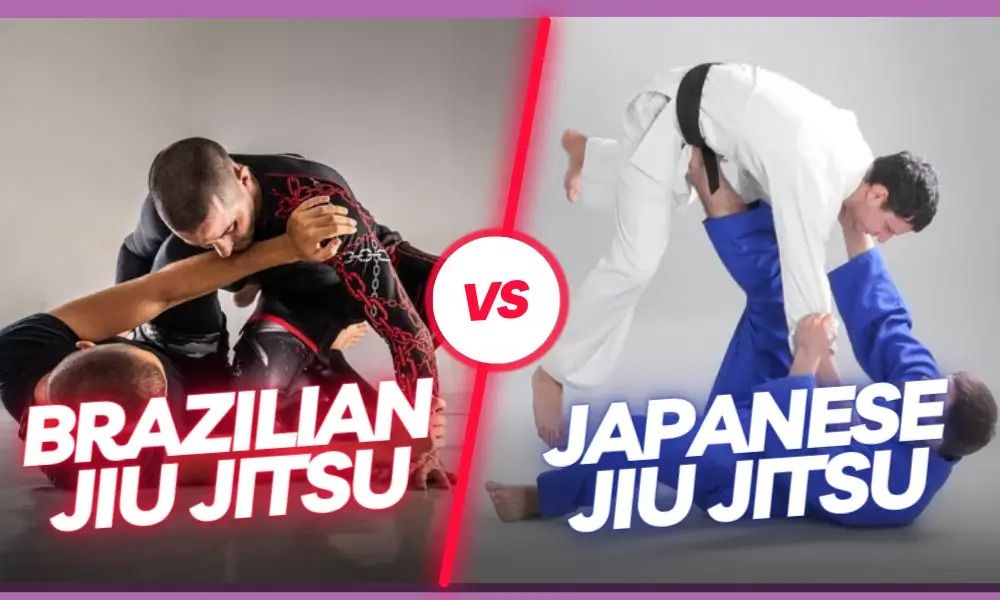


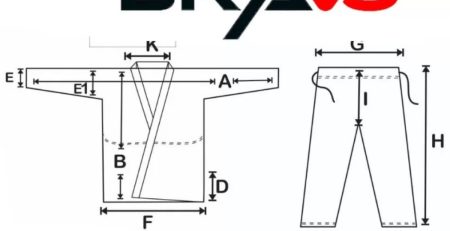

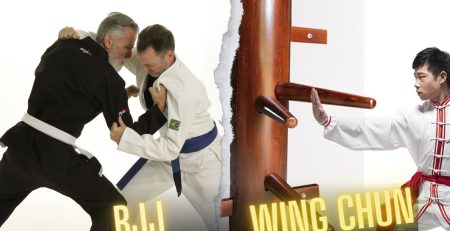

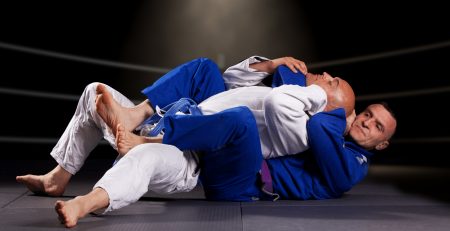

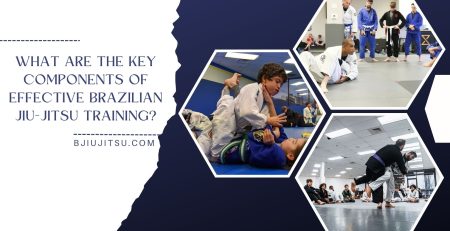
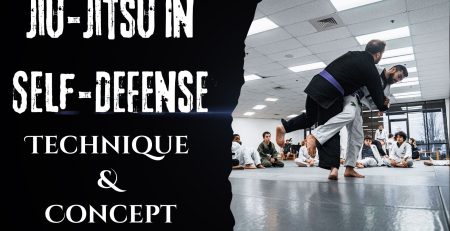



Leave a Reply
You must be logged in to post a comment.